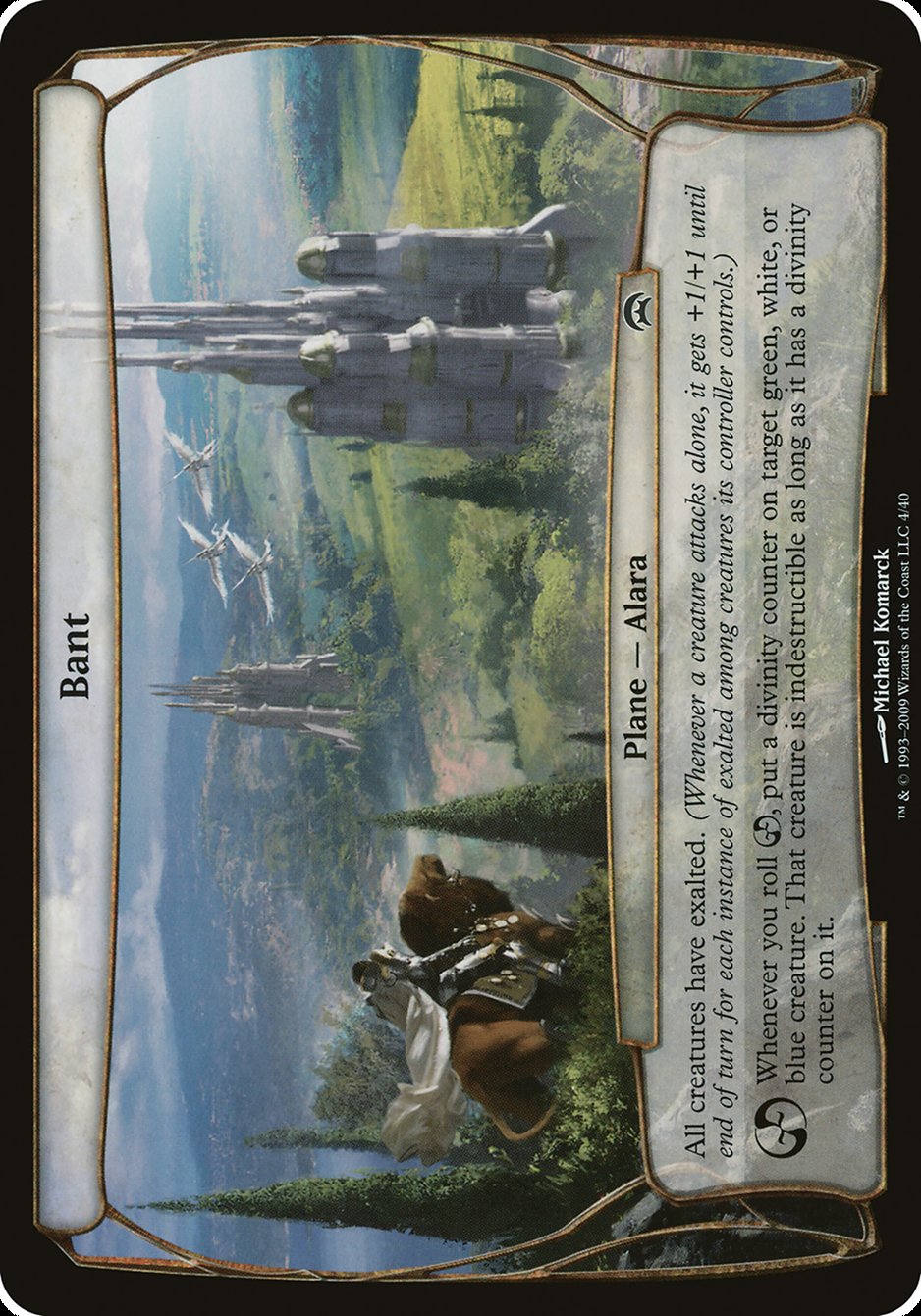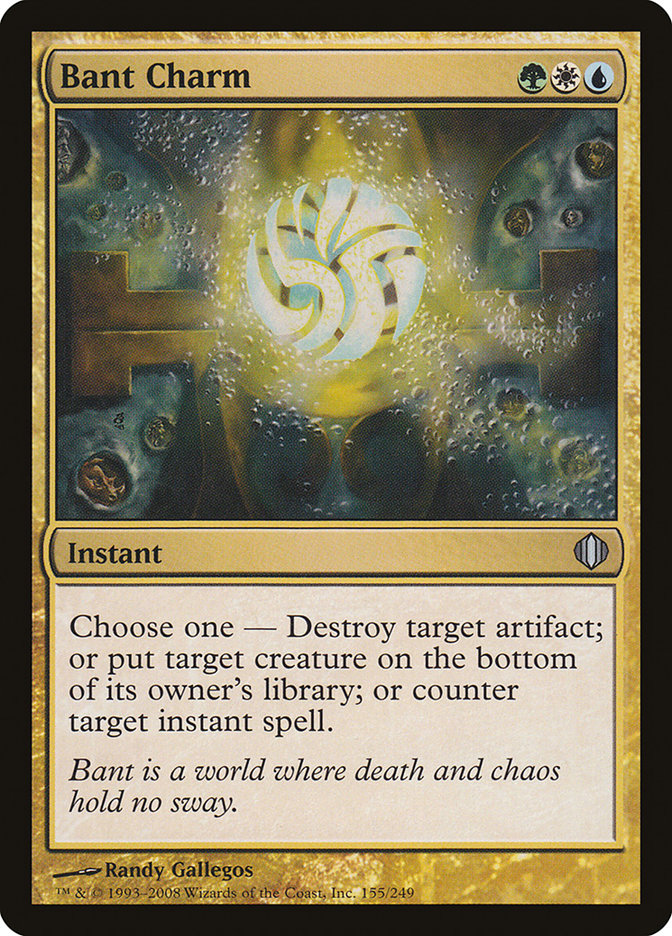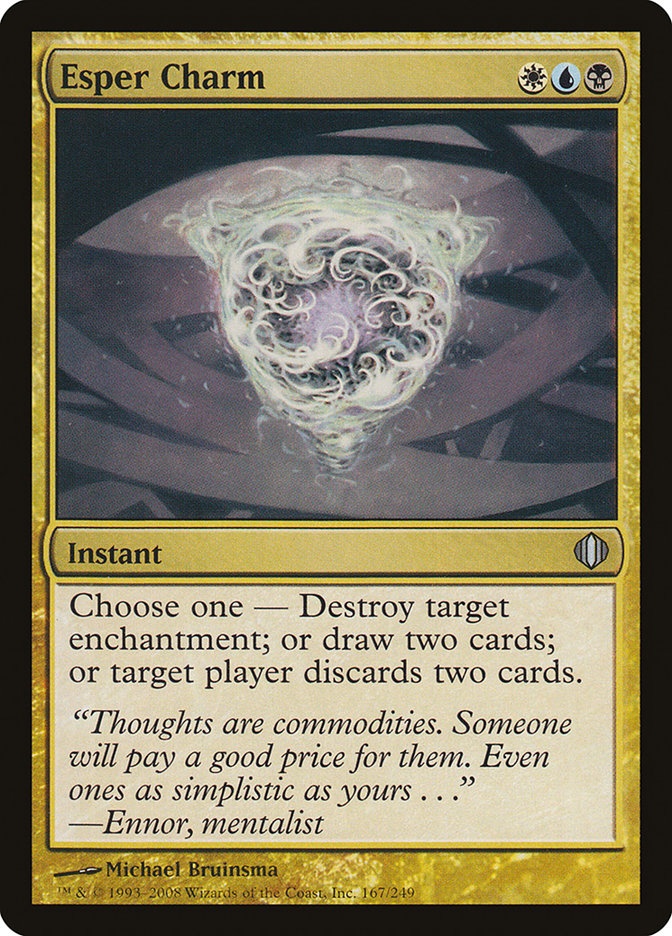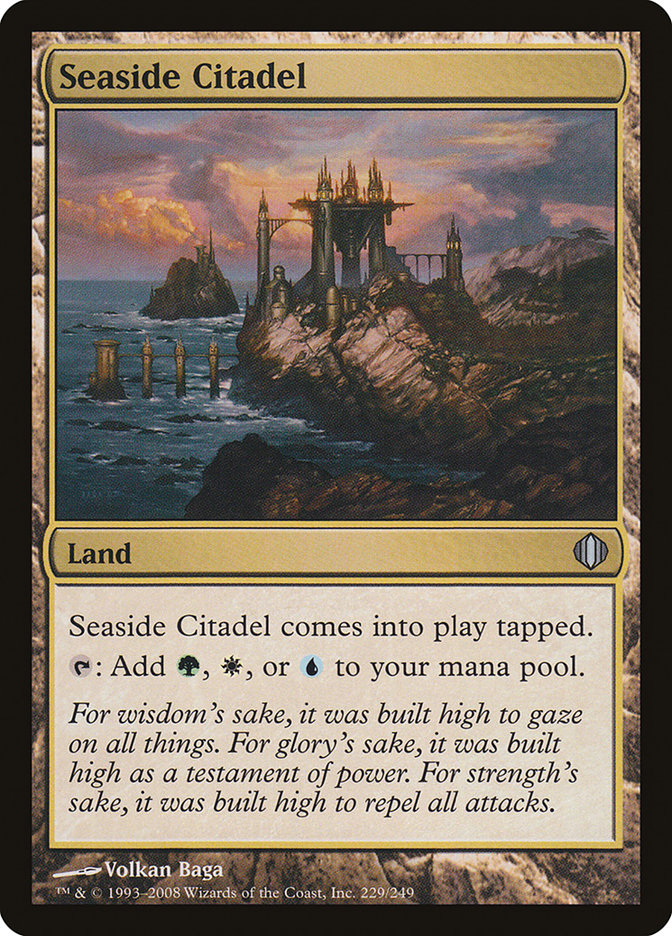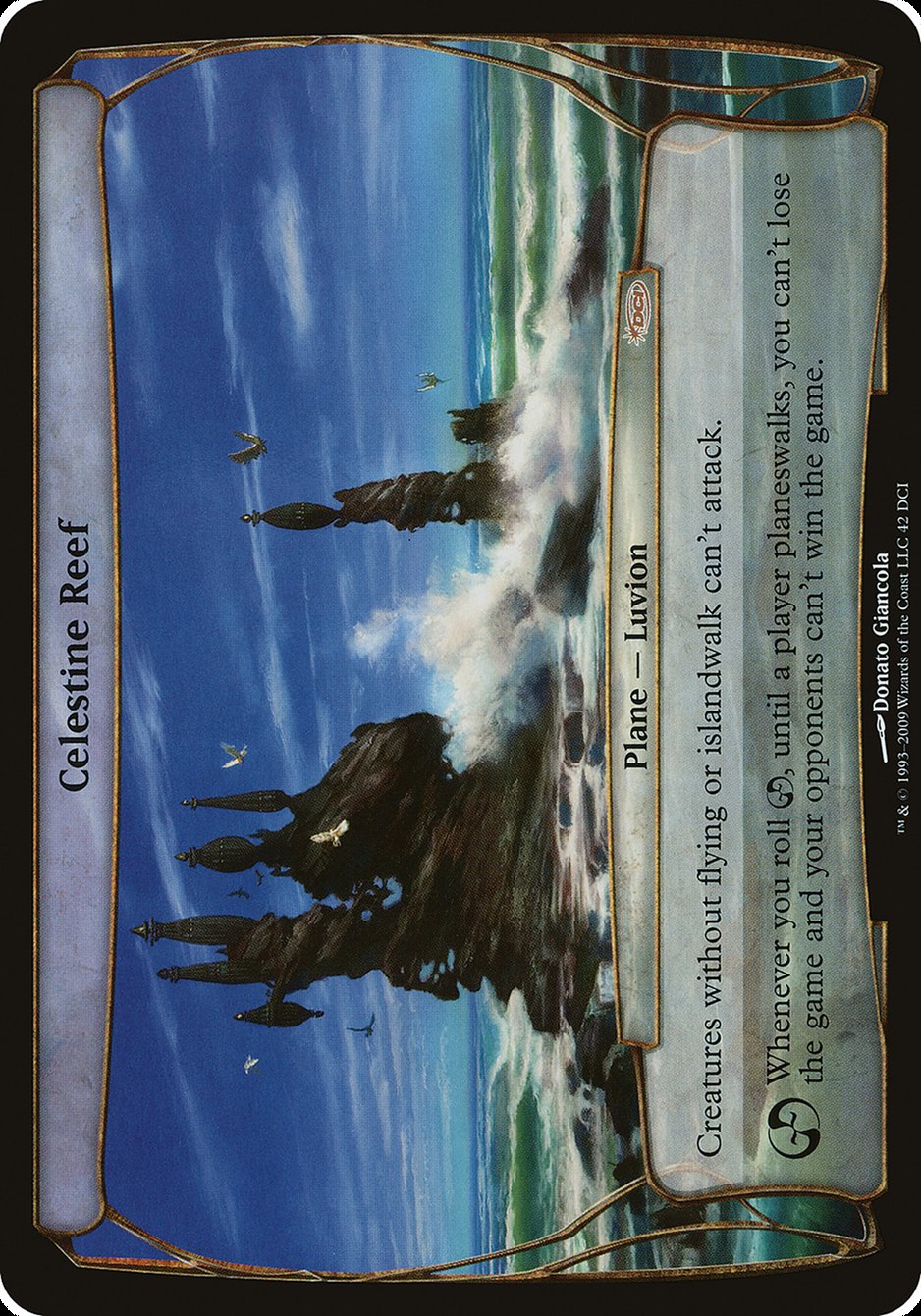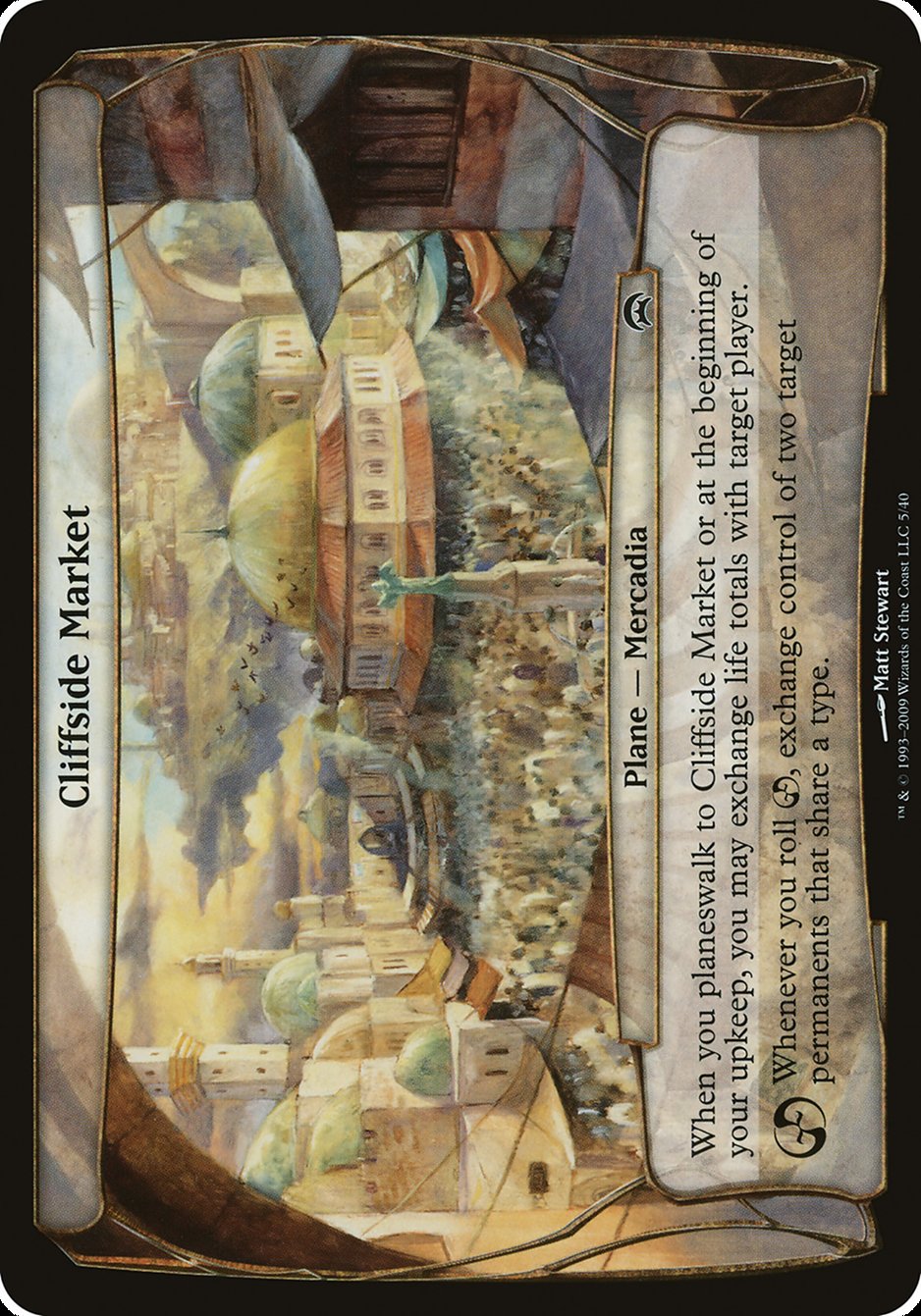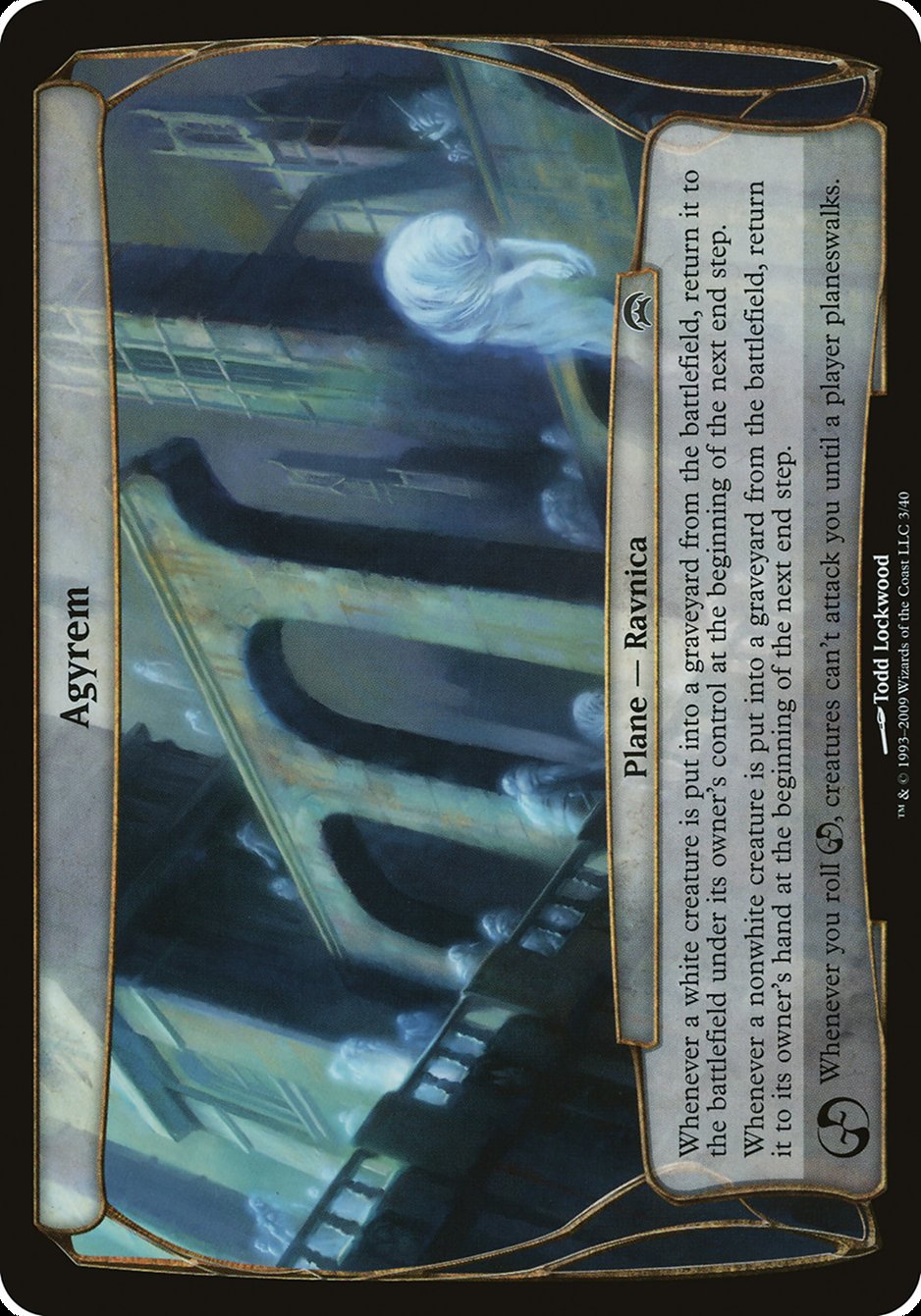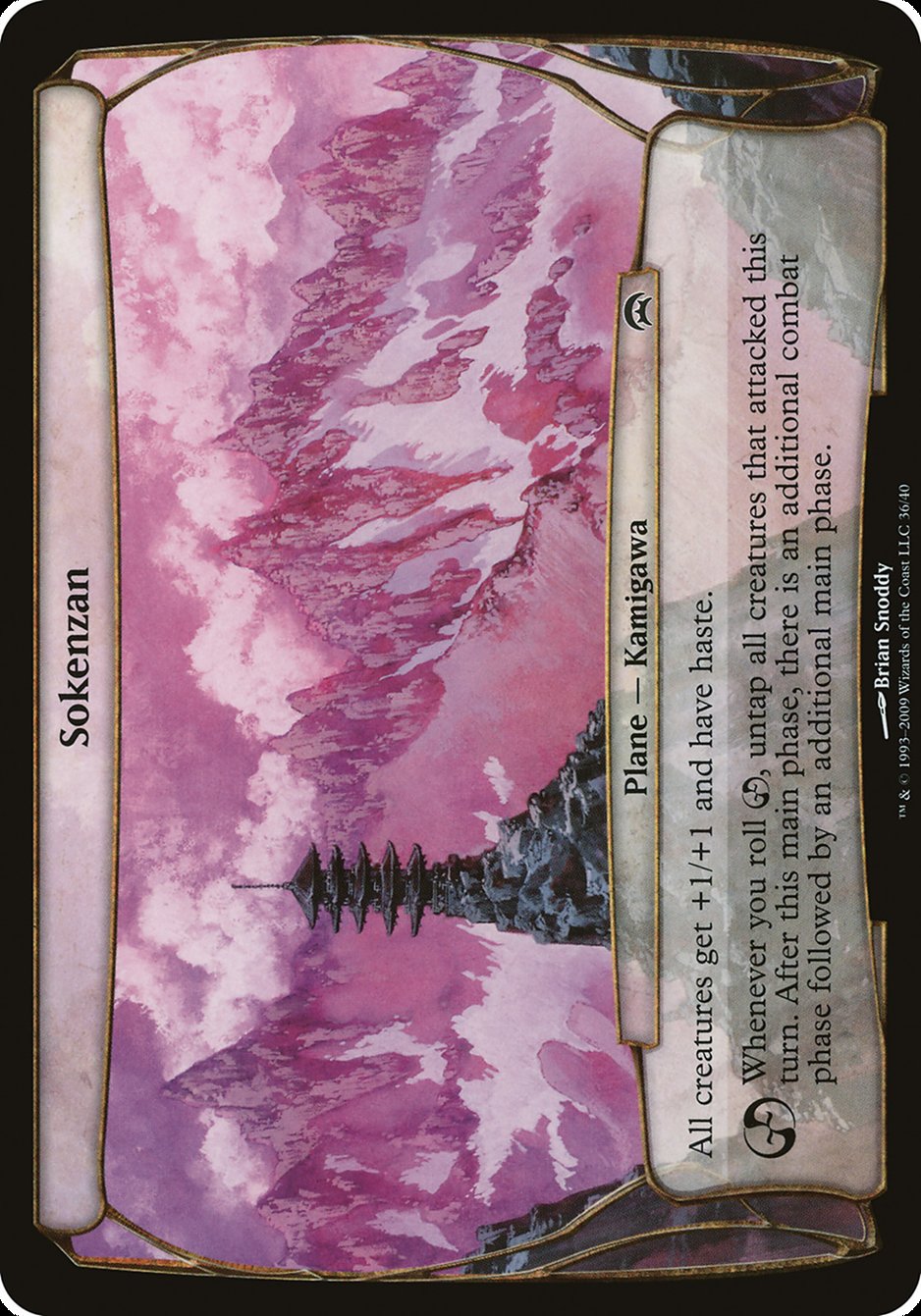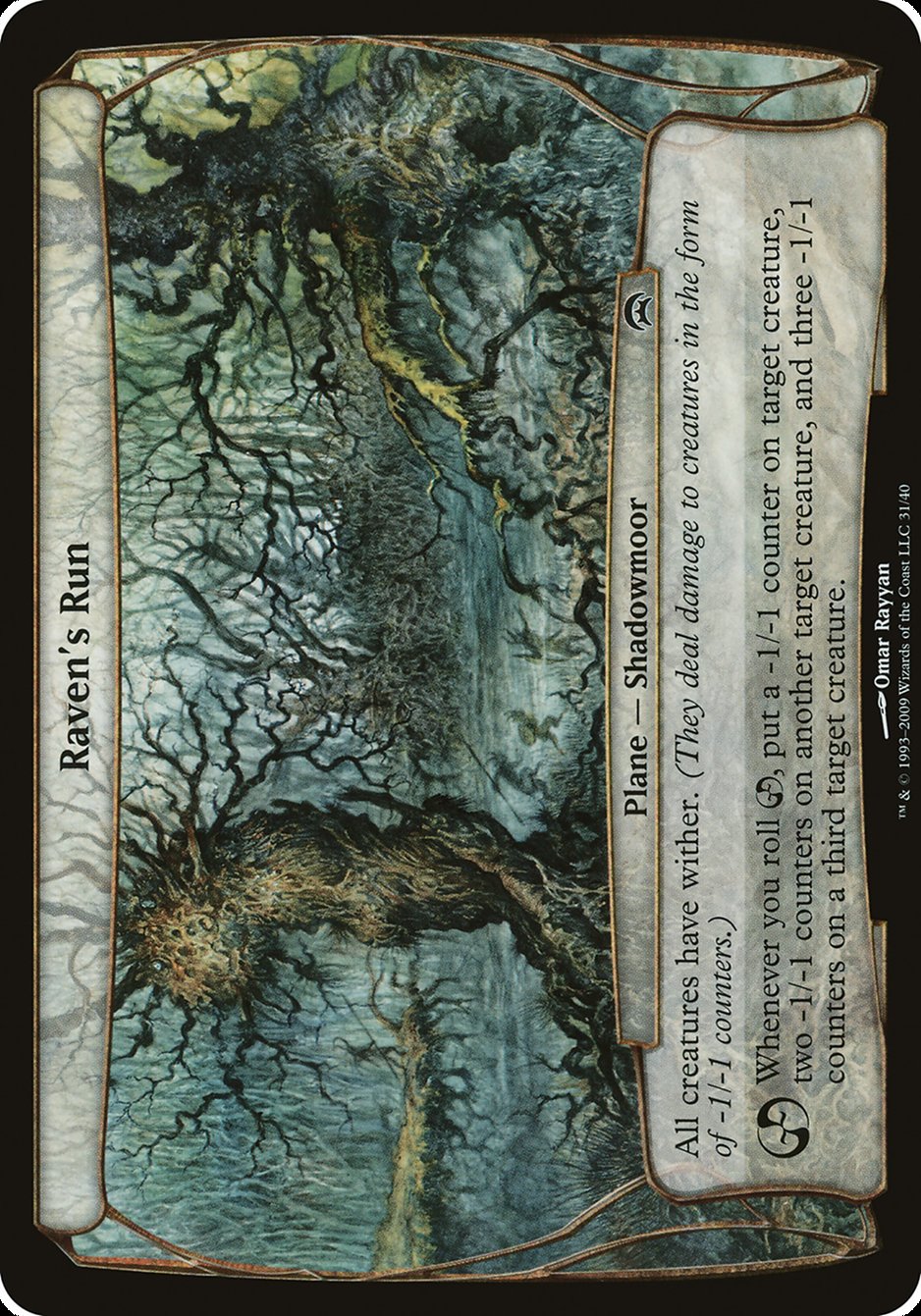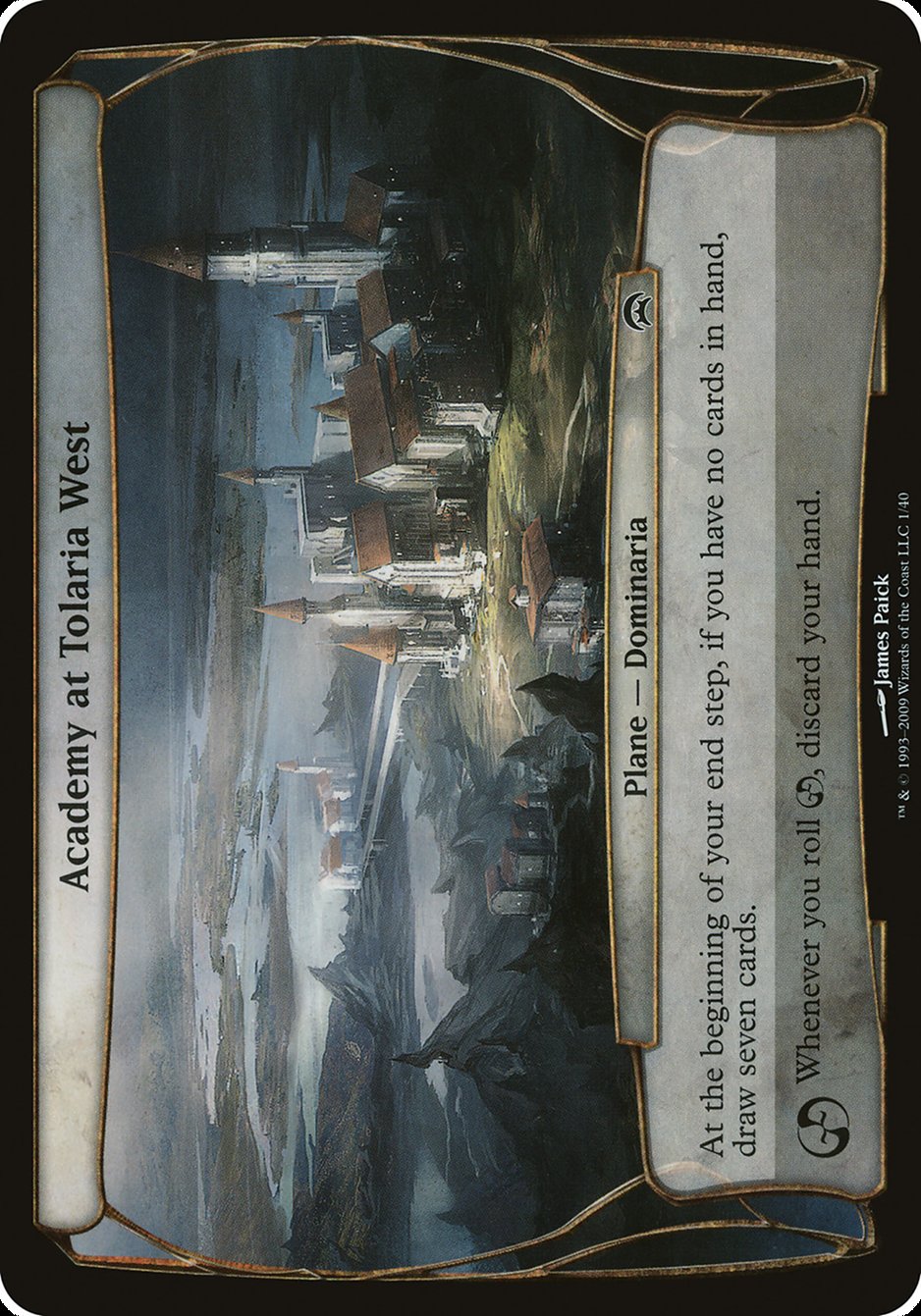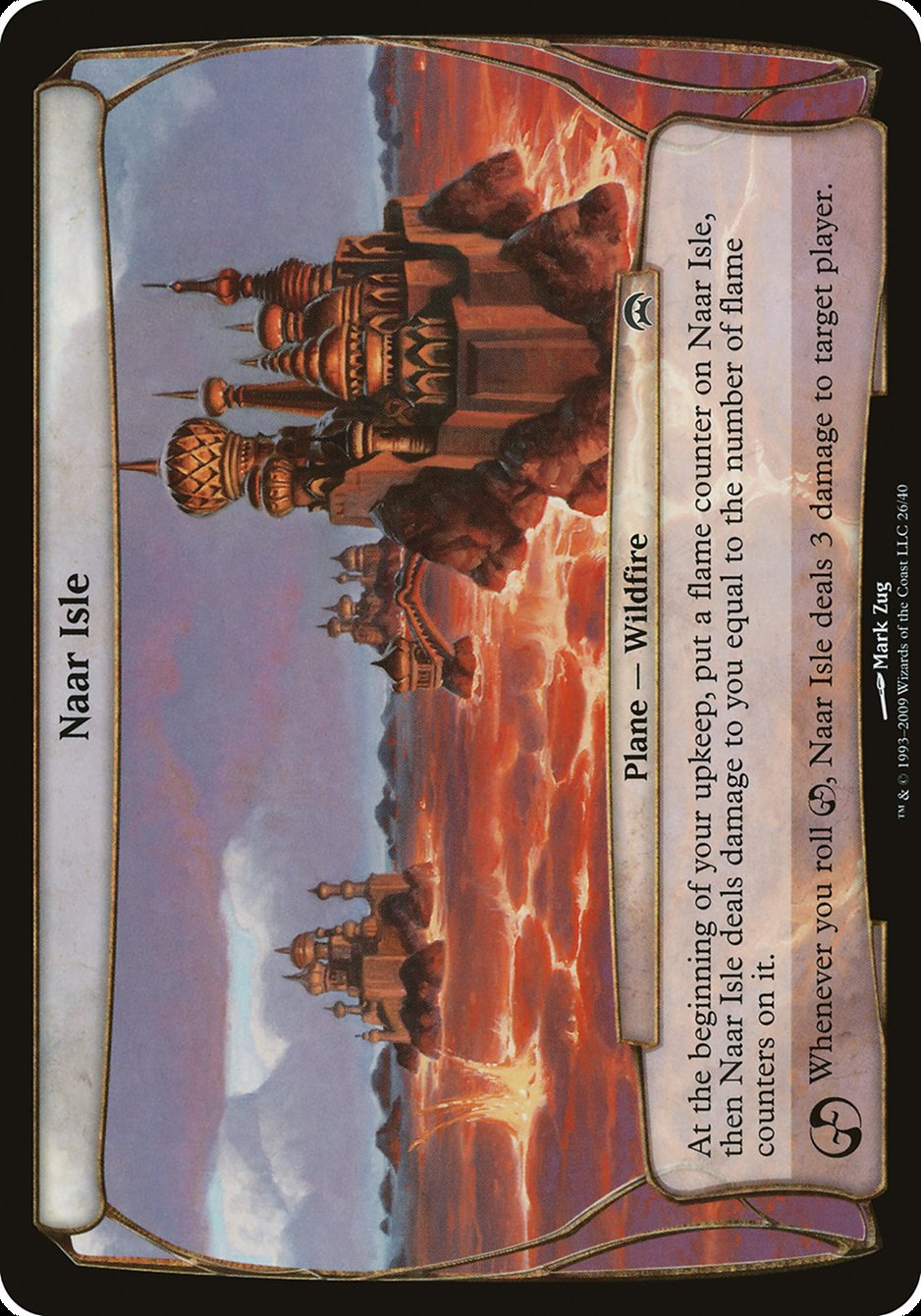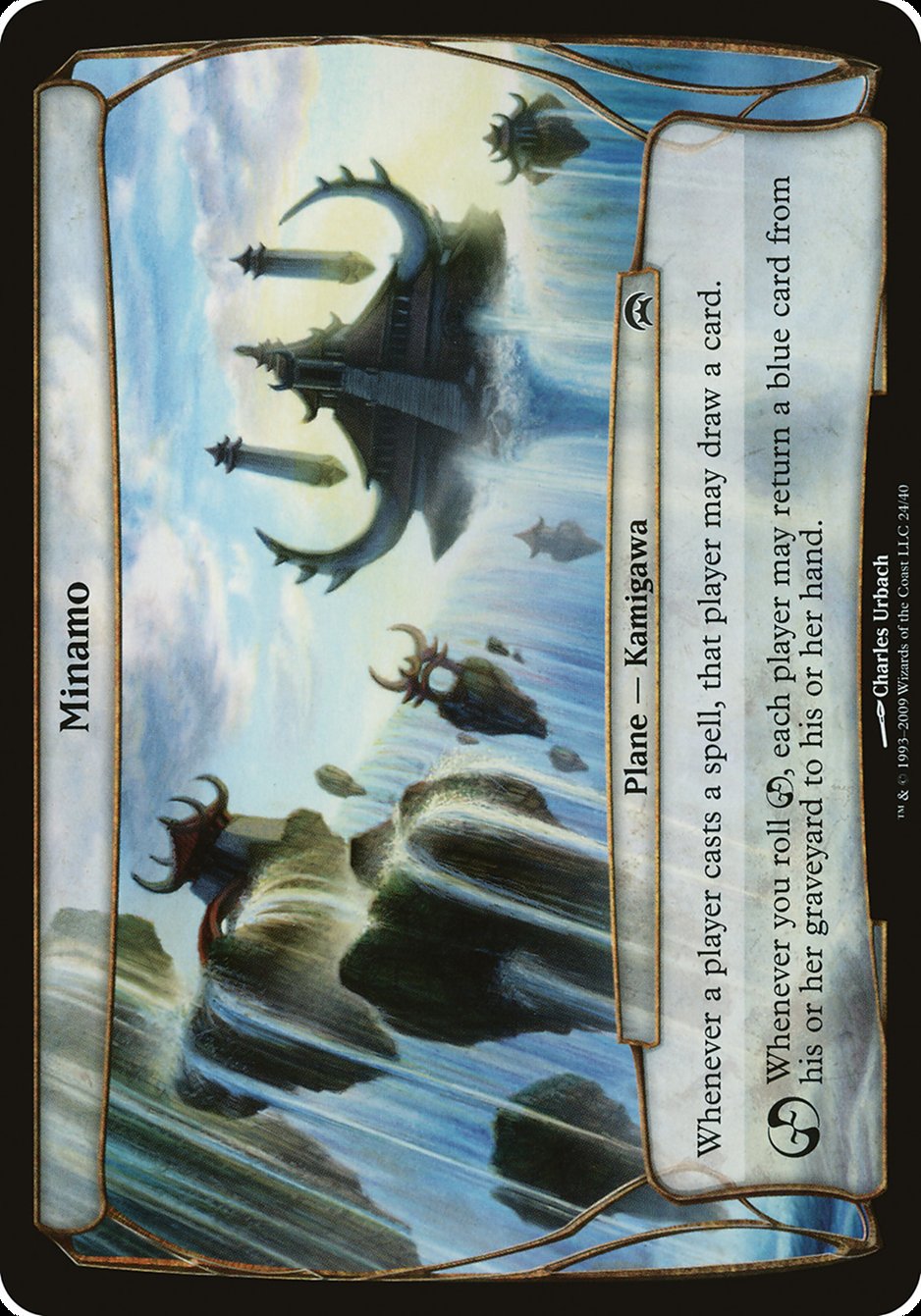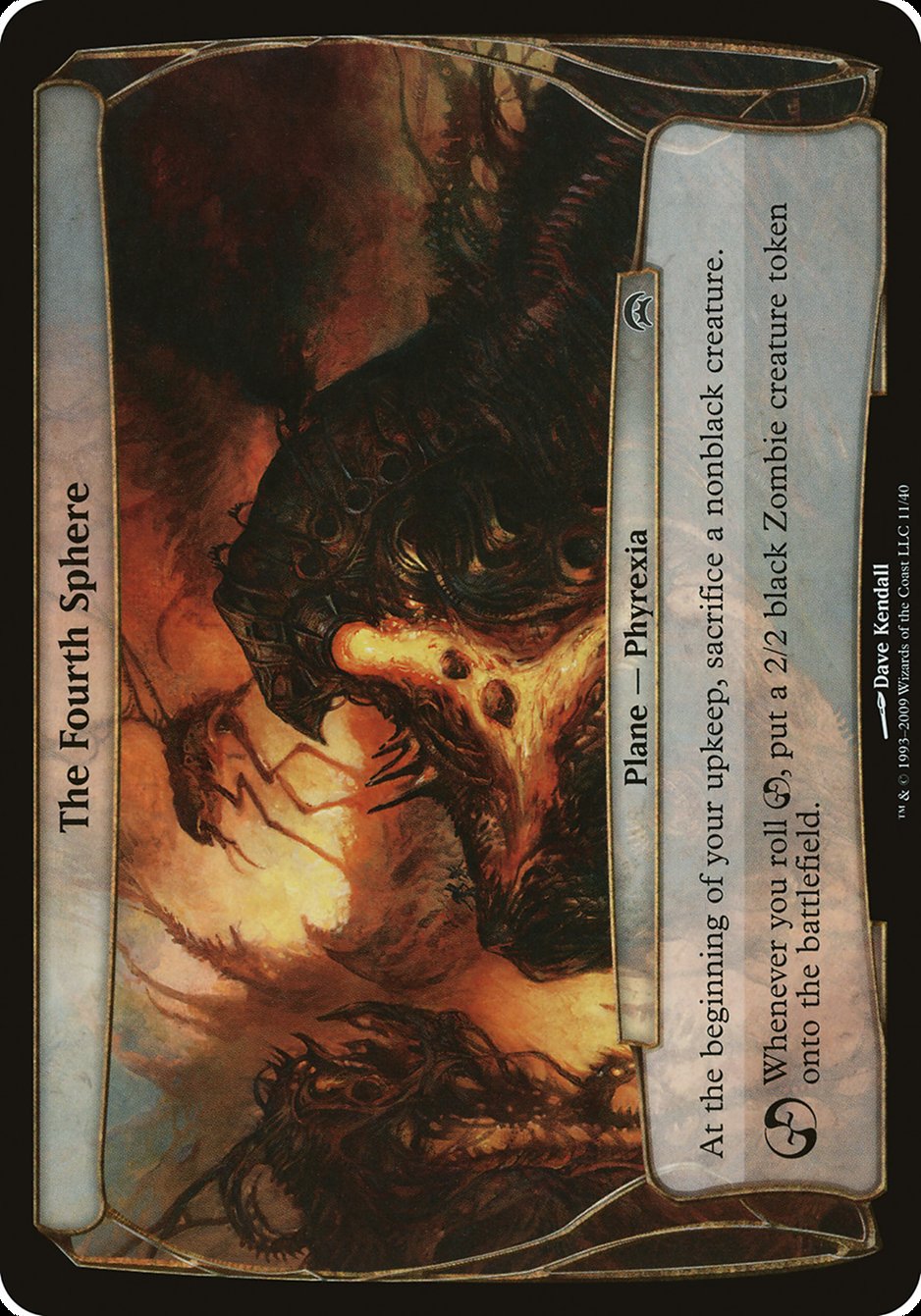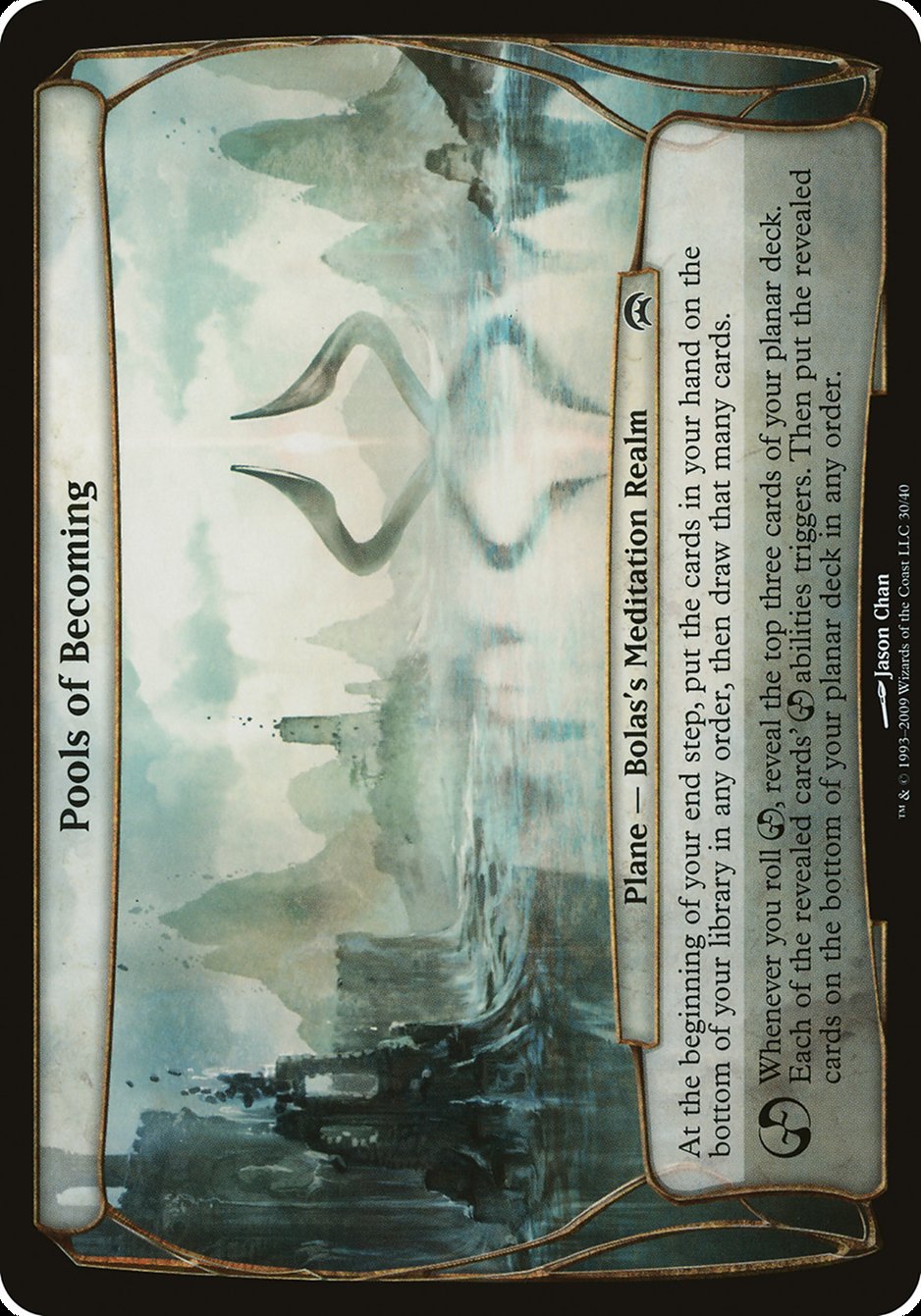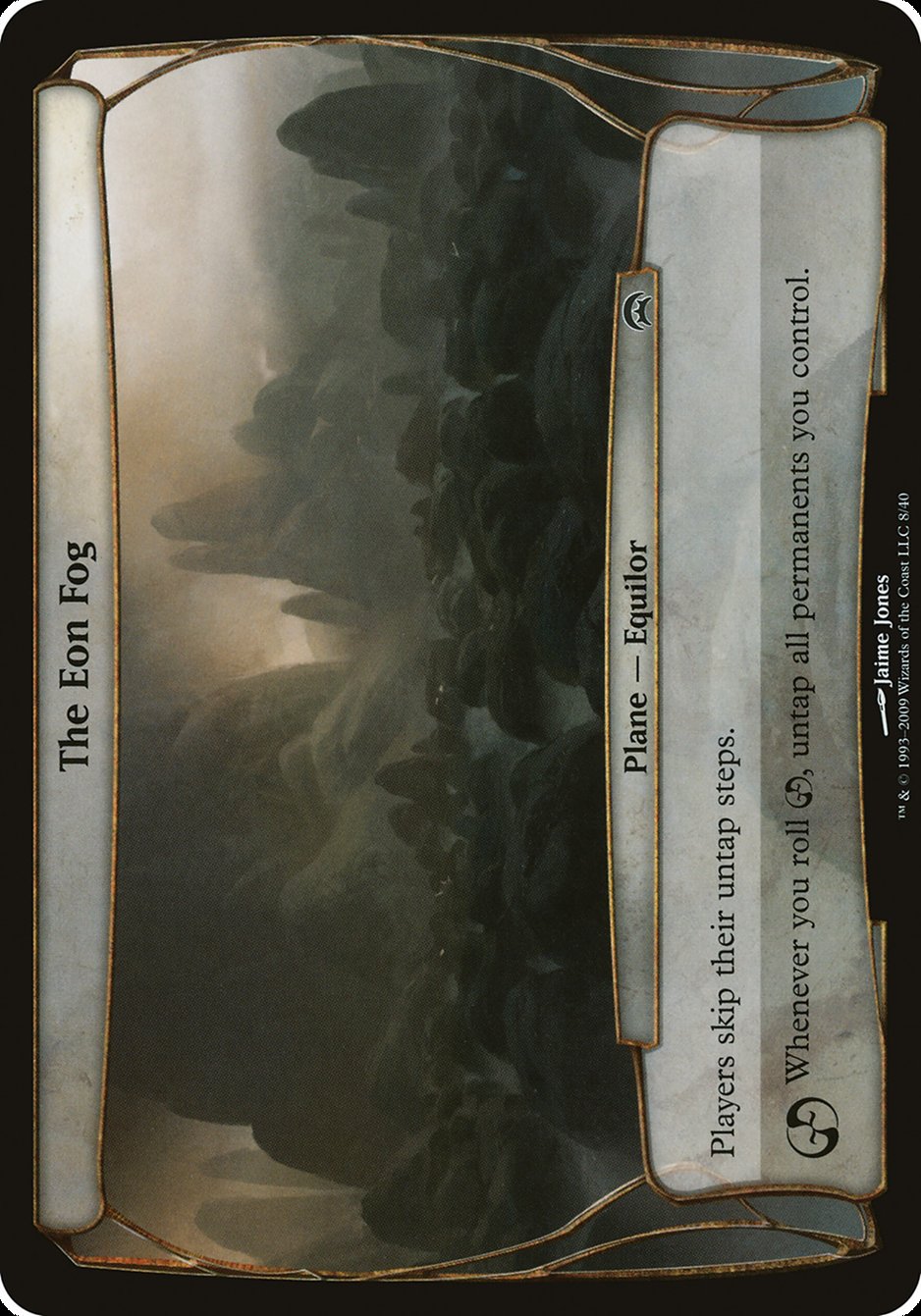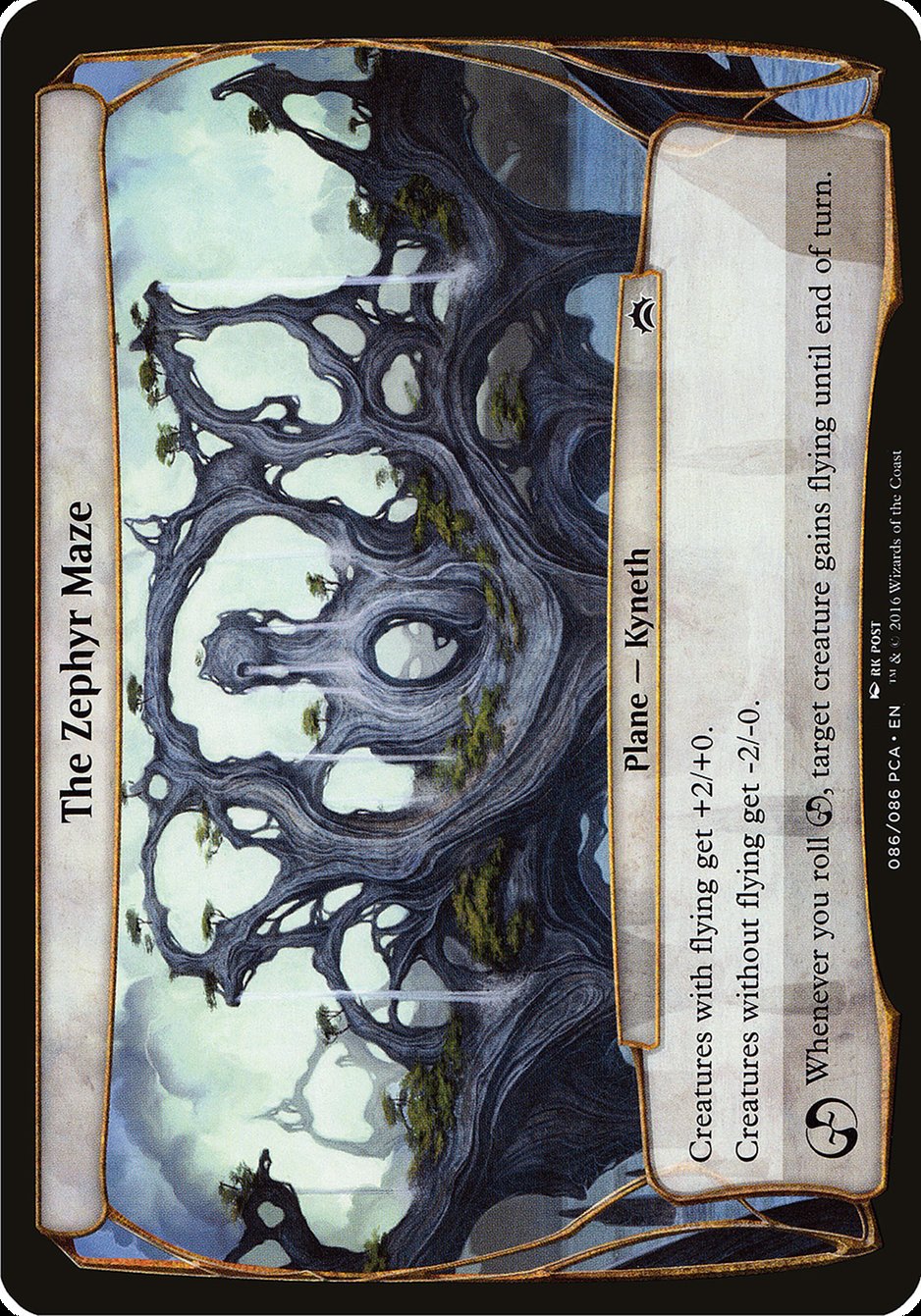Bant MTG Card
| Card sets | Released in 2 setsSee all |
| Rarity | Common |
| Type | Plane — Alara |
Text of card
All creatures have exalted. (Whenever a creature attacks alone, it gets +1/+1 until end of turn for each instance of exalted among creatures its controller controls.) Whenever you roll chaos, put a divinity counter on target green, white, or blue creature. That creature is indestructible as long as it has a divinity counter on it.
Cards like Bant
When exploring the realm of ramp and color fixing in Magic: The Gathering, the Bant color combination stands out for its synergy and elegance. Cards like Bant Charm epitomize this, offering flexibility and a range of options. Its kinship is seen with Esper Charm, which similarly grants a choice of three impactful modes. Yet, Bant Charm leans more towards the control aspect with creature removal, while Esper Charm adds elements of disruption.
Turning our attention to another relative, we find Seaside Citadel, a land card smoothly blending Bant colors without the card selection but establishing consistent mana fixing from the get-go. It’s an essential component for a strong foundation as it doesn’t require high investment and enters the battlefield tapped. Compare this to the charm’s instant speed flexibility, and it’s apparent how each serves a pivotal role within their archetypes.
Ultimately, comparing these cards reveals Bant MTG cards’ unique ability to harmonize mana ramp, color availability, and versatile gameplay. It showcases why Bant cards are a mainstay in multicolored decks that aim for resilience and adaptability in the ever-evolving MTG landscape.
Cards similar to Bant by color, type and mana cost
Card Pros
Card Advantage: Bant cards are renowned for their ability to create substantial card advantage. This can often be seen in the form of additional draws, superior scry abilities, or by recurring actions that allow you to consistently access more cards than your opponent.
Resource Acceleration: Many Bant cards excel at ramping up your mana resources quickly. They let you cultivate your land drops or summon creatures that can tap for mana, ensuring that you can cast high-cost spells earlier than usual and make impactful plays ahead of the curve.
Instant Speed: The strategic depth of Bant cards often shines with their instant-speed capabilities. This flexibility allows you to respond to your opponent’s moves in real-time, whether it’s by casting creatures with flash to surprise your opponent or utilizing instant-speed enchantments and counterspells to disrupt their strategy while keeping your own game plan on track.
Card Cons
Discard Requirement: Bant cards may at times come with a price—discarding another treasured card. This prerequisite stands as a barrier, particularly when your hand holds crucial answers or engine pieces that you’re reluctant to part with.
Specific Mana Cost: The tri-color nature of Bant cards, leaning on green, white, and blue mana, imposes stringent deck-building restrictions. The need for this specific mana composition can hinder their inclusion in more color-flexible strategies or hamper their playability should your mana base not comply.
Comparatively High Mana Cost: Donning multiple abilities and synergies, many Bant cards carry substantial mana costs. This can lead to slower gameplay, potentially leaving you vulnerable in the early turns against more aggressive strategies that capitalize on low-cost creatures and spells.
Reasons to Include Bant Cards in Your Collection
Versatility: Cards from the Bant color combination offer a mix of aggression, control, and support. With access to white, blue, and green, you can adapt your strategies to various situations, allowing you to maintain an edge regardless of the opponent’s deck.
Combo Potential: Bant cards often provide synergies with enchantments and creatures, setting up powerful combos that can turn the tide of the game. Their ability to weave together multiple effects creates opportunities for massive plays.
Meta-Relevance: The ever-changing meta of MTG requires a collection that can handle an array of threats. Bant cards are consistently relevant thanks to their balanced approach to simultaneously advancing your board state while disrupting your opponent’s.
How to Beat
Confronting a Bant Magic: The Gathering card on the battlefield can be as challenging as it is stimulating for players who enjoy complex strategy. The harmonious blend of Green’s unbridled growth, White’s orderly tactics, and Blue’s cunning spells makes Bant cards resilient and versatile foes. To navigate this match-up successfully, understanding the synergy within the Bant color trio is crucial.
Strategically, the key to outmaneuvering Bant lies in disrupting their synergy. Cards that cause your opponent to sacrifice enchantments or creatures can dismantle their setup, as Bant decks often rely on a combination of both to establish control. Moreover, since Bant players usually operate with a substantial board presence, sweepers or spells that deal damage to multiple targets can level the playing field. Focusing on instant speed removal will give you the flexibility to answer threats during your opponent’s turn and minimize their chances to capitalize on cards that bolster their permanents’ strength or grant them protection.
Remember, adaptability and precision in your responses will play a pivotal role in overcoming the robust defenses and sophisticated strategies of Bant decks. By prioritizing cards that can interfere with your opponent’s game plan and maintaining a dynamic approach, you can turn the tide in your favor.
Where to buy
If you're looking to purchase Bant MTG card by a specific set like Planechase Planes and Planechase Anthology Planes, there are several reliable options to consider. One of the primary sources is your local game store, where you can often find booster packs, individual cards, and preconstructed decks from current and some past sets. They often offer the added benefit of a community where you can trade with other players.
For a broader inventory, particularly of older sets, online marketplaces like TCGPlayer, Card Kingdom and Card Market offer extensive selections and allow you to search for cards from specific sets. Larger e-commerce platforms like eBay and Amazon also have listings from various sellers, which can be a good place to look for sealed product and rare finds.
Additionally, Magic’s official site often has a store locator and retailer lists for finding Wizards of the Coast licensed products. Remember to check for authenticity and the condition of the cards when purchasing, especially from individual sellers on larger marketplaces.
Below is a list of some store websites where you can buy the Bant and other MTG cards:
 BUY NOW
BUY NOW BurnMana is an official partner of TCGPlayer
- eBay
- Card Kingdom
- Card Market
- Star City Games
- CoolStuffInc
- MTG Mint Card
- Hareruya
- Troll and Toad
- ABU Games
- Card Hoarder Magic Online
- MTGO Traders Magic Online
See MTG Products
Printings
The Bant Magic the Gathering card was released in 2 different sets between 2009-09-04 and 2018-12-25. Illustrated by Michael Komarck.
| # | Released | Name | Code | Symbol | Number | Frame | Layout | Border | Artist |
|---|---|---|---|---|---|---|---|---|---|
| 1 | 2009-09-04 | Planechase Planes | OHOP | 4 | 2003 | Planar | Black | Michael Komarck | |
| 2 | 2018-12-25 | Planechase Anthology Planes | OPCA | 15 | 2015 | Planar | Black | Michael Komarck |
Rules and information
The reference guide for Magic: The Gathering Bant card rulings provides official rulings, any errata issued, as well as a record of all the functional modifications that have occurred.
| Date | Text |
|---|---|
| 2009-10-01 | A face-up plane card that’s turned face down becomes a new object with no relation to its previous existence. In particular, it loses all counters it may have had. |
| 2009-10-01 | A plane card is treated as if its text box included “When you roll {PW}, put this card on the bottom of its owner’s planar deck face down, then move the top card of your planar deck off that planar deck and turn it face up.” This is called the “planeswalking ability.” |
| 2009-10-01 | Exalted abilities will resolve before blockers are declared. |
| 2009-10-01 | Exalted bonuses last until the turn ends. If an effect creates an additional combat phase during your turn, a creature that attacked alone during the first combat phase will still have its exalted bonuses in that new phase. If a creature attacks alone during the second combat phase, all your exalted abilities will trigger again. |
| 2009-10-01 | If an ability of a plane refers to “you,” it’s referring to whoever the plane’s controller is at the time, not to the player that started the game with that plane card in their deck. Many abilities of plane cards affect all players, while many others affect only the planar controller, so read each ability carefully. |
| 2009-10-01 | If you attack with multiple creatures, but then all but one are removed from combat, your exalted abilities won’t trigger. |
| 2009-10-01 | If you declare exactly one creature as an attacker, each exalted ability on each permanent you control (including, perhaps, the attacking creature itself) will trigger. Note that if a creature has multiple instances of exalted, each one triggers separately. The bonuses are given to the attacking creature, not to the permanent with exalted. Ultimately, the attacking creature will wind up with +1/+1 for each of your exalted abilities. |
| 2009-10-01 | In a Two-Headed Giant game, a creature “attacks alone” if it’s the only creature declared as an attacker by your entire team. If you control that attacking creature, your exalted abilities will trigger but your teammate’s exalted abilities won’t. |
| 2009-10-01 | Some effects put creatures onto the battlefield attacking. Since those creatures were never declared as attackers, they’re ignored by exalted abilities. They won’t cause exalted abilities to trigger. If any exalted abilities have already triggered (because exactly one creature was declared as an attacker), those abilities will resolve as normal even though there may now be multiple attackers. |
| 2009-10-01 | The controller of a face-up plane card is the player designated as the “planar controller.” Normally, the planar controller is whoever the active player is. However, if the current planar controller would leave the game, instead the next player in turn order that wouldn’t leave the game becomes the planar controller, then the old planar controller leaves the game. The new planar controller retains that designation until they leave the game or a different player becomes the active player, whichever comes first. |
| 2013-07-01 | A creature with a divinity counter put on it due to the chaos ability retains indestructible even after Bant stops being the face-up plane card. |
| 2013-07-01 | If all divinity counters on a creature are moved to a different creature, the indestructible ability doesn’t move along with them. The first creature no longer has indestructible because it no longer has a divinity counter on it. The second creature doesn’t have indestructible because the chaos ability didn’t target it. |
